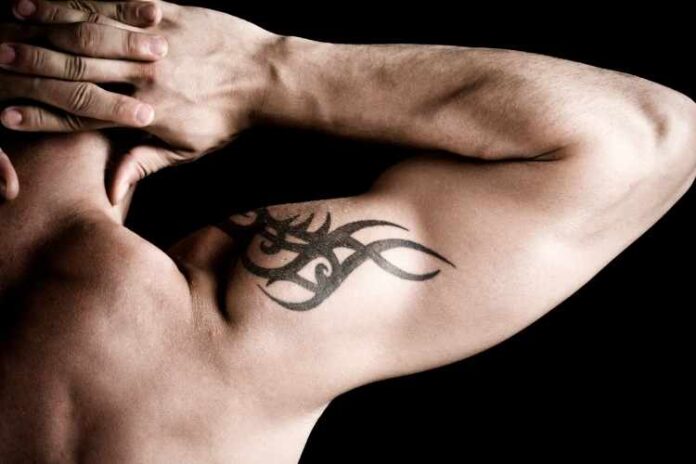The Ultimate Cheat Sheet on Realistic Tattoo Photography is a great reference for anyone who wants to make their tattoo pictures realistic. These cheat sheets are designed to help you understand everything at a glance and are ideal for keeping in your camera bag or on your phone. Whether a beginner or an expert, this cheat sheet will help you get the perfect tattoo images in no time. Realistic Tattoo Photography is one of the most popular techniques for capturing the beauty of tattoos. It allows for a more accurate representation of the subject’s physical features. Depending on the desired outcome, the process can be done in color or black and white. Often, the ink isn’t visible and must be enhanced through post-processing. Here are some tips for ensuring a realistic tattoo photograph.
Sharpening
Fortunately, most editing software includes a Sharpening tool, which can make the edges of your tattoo look bold and clear. However, be sure to pay attention to the tones and colors when playing with sharpening. Without proper toning, your realistic tattoos could appear inaccurately colored, resulting in a less realistic image. In such a case, you might need to perform color correction manually.
Playing with Color
You must consider the shading if you want a realistic tattoo. You need mag if you want a smooth shading effect. You can need three or five if you want a finer detail. It’s important to note that black outlines cannot be used for this style, as they’ll be visible after the ink has healed. You should also use blood lining, not grey.
When getting a realistic tattoo, you should have a source image. It can be anything from an object in nature to a famous portrait. You can choose a realistic tattoo that looks like it was taken from a photo.
Transferring Images to Photo Editing Software
One way to create realistic tattoos is to transfer an image into photo editing software. Once your image is in the software, you can add details like shading, skin tone, and color. To do this, use the Warp Tool and Command + H. This will help you move the tattoo around.
You can also add blur to give your photo a more realistic look. This helps to create a sense of speedy action, while a shallow depth of field draws attention to the foreground objects. You can also use the Free Transform Tool to rough in your tattoo.
The Faststone Image Viewer offers a simple interface that features a few editing tools. The program supports RAW files and opens and exports different image formats. It is also fun to use. Aside from being able to edit images, Faststone also has tools for batch editing, photo merge, collage, and animated GIFs.
Posing
If you’re interested in getting a realistic tattoo, you’ll need to pose your body appropriately. Unfortunately, many tattoo artists specialize in this type of work. Therefore, it is important to browse many artists’ portfolios to find the right one. Then, you can pick the best fit for your body and personality.
Posing for a tattoo photo requires careful attention to lighting and angles. Lighting should be even and avoid creating glare and unnecessary shadows. The angle of the photograph should be lively. You should also ask the model to prop up their arms on a tabletop. By paying close attention to these details, you’ll get a realistic image that will impress the target audience.








